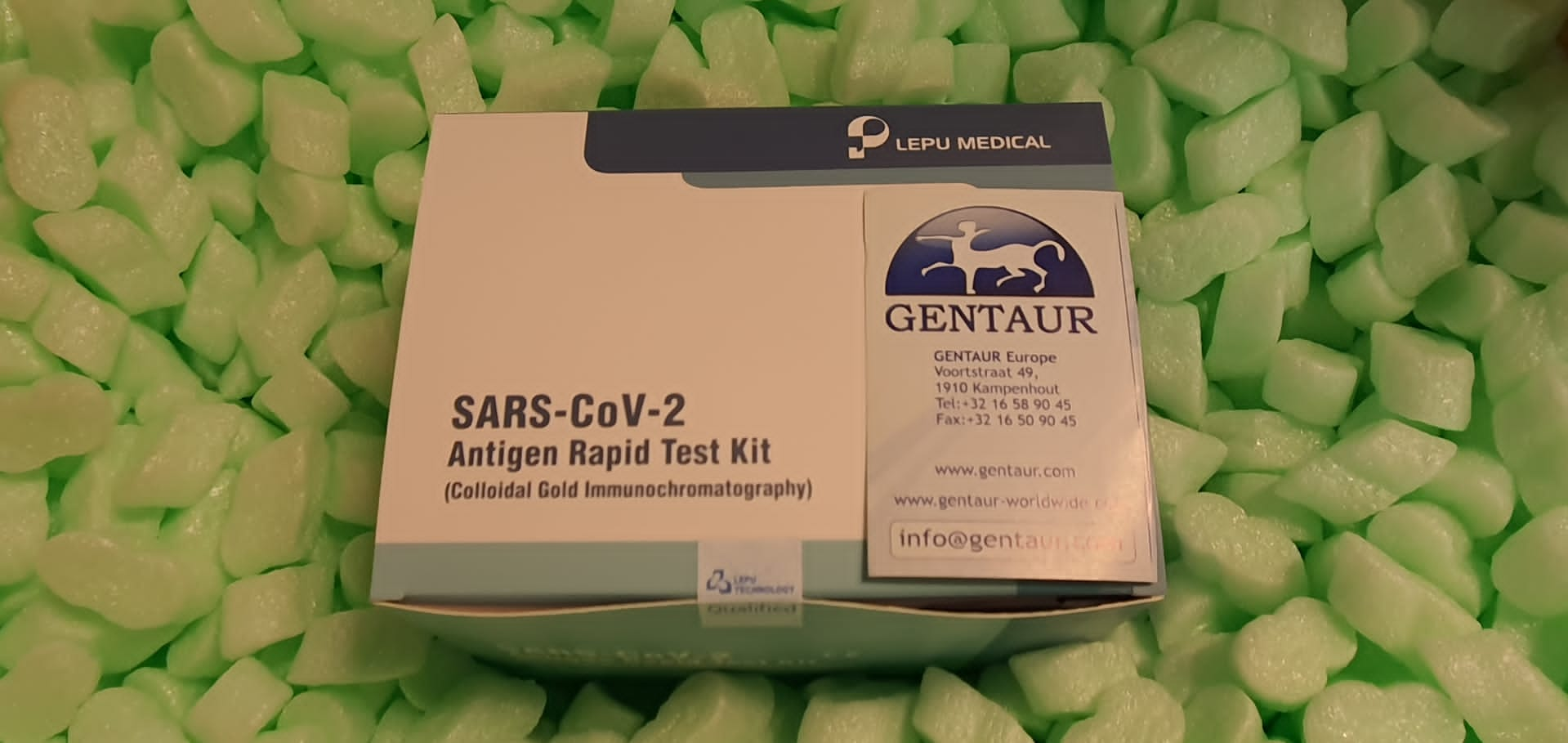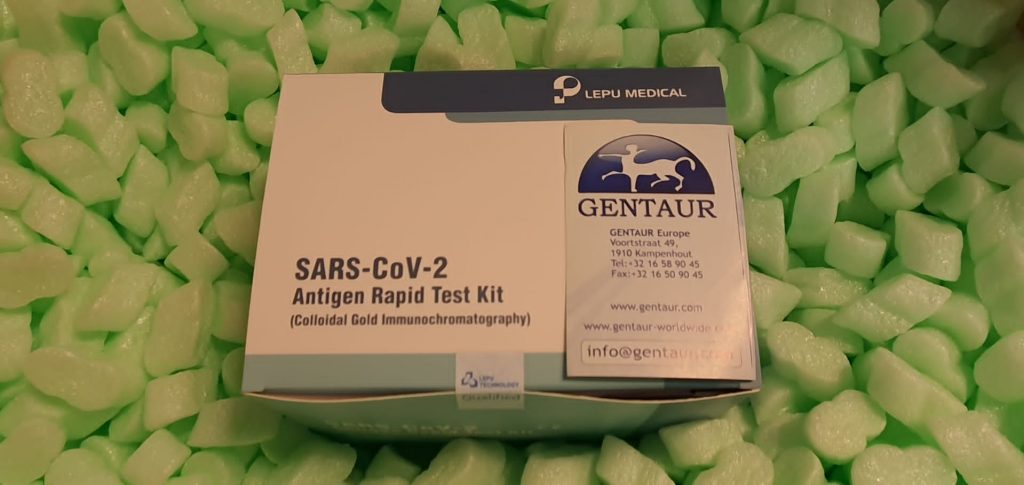The hypothalamus performs essential roles in regulating endocrine, autonomic, and behavioral features by way of its numerous nuclei and neuronal subtypes. The developmental mechanisms underlying ontogenetic institution of completely different hypothalamic nuclei and era of neuronal range stay largely unknown. Here, we present that combinatorial T-box 3 (TBX3), orthopedia homeobox (OTP), and distal-less homeobox (DLX) expression delineates all arcuate nucleus (Arc) neurons and defines 4 distinct subpopulations, whereas combinatorial NKX2.1/SF1 and OTP/DLX expression identifies ventromedial hypothalamus (VMH) and tuberal nucleus (TuN) neuronal subpopulations, respectively.
Developmental evaluation signifies that every one 4 Arc subpopulations are mosaically and concurrently generated from embryonic Arc progenitors, whereas glutamatergic VMH neurons and GABAergic TuN neurons are sequentially generated from frequent embryonic VMH progenitors. Moreover, clonal lineage-tracing evaluation reveals that numerous lineages from multipotent radial glia progenitors orchestrate Arc and VMH-TuN institution. Together, our research reveals mobile mechanisms underlying era and group of numerous neuronal subtypes and ontogenetic institution of individual nuclei within the mammalian hypothalamus.
Orthopedia Homeobox (OTP) in Pulmonary Neuroendocrine Tumors: The Diagnostic Value and Possible Molecular Interactions.
Generally, sufferers with stage I-IIIa (TNM) pulmonary carcinoid illness have a beneficial prognosis after healing resection. Yet, distant recurrence of illness after healing surgical procedure happens in roughly 1-6% of sufferers with typical carcinoid and 14-29% in sufferers with atypical carcinoid illness, respectively. Known predictors of distant recurrence of illness are atypical carcinoid, lymphatic involvement, and incomplete resection standing.
However, none of them might be reliably used, alone or together, to exclude sufferers from long-term follow-up (suggested 15 years). By genomic profiling, Orthopedia homeobox (OTP) has been recognized as a promising prognostic marker for pulmonary carcinoid with a beneficial prognosis and low danger of distant illness recurrence. Moreover, OTP is a extremely particular marker for carcinoids of pulmonary origin and current genome large evaluation has recognized OTP as a vital predictor of aggressive tumor behaviour.
OTP together with CD44, a stem cell marker and cell-surface protein, permits the identification of sufferers with surgical resected carcinoid illness that might doubtlessly be excluded from long-term follow-up. In future scientific observe OTP might allow clinicians to scale back the diagnostic burden and associated misery and scale back prices of long-term radiological assessments in sufferers with a pulmonary carcinoid. This overview addresses the present scientific worth of OTP and the potential molecular mechanisms regulating OTP expression and operate in pulmonary carcinoids.

The C-terminus of the retinal homeobox (rax) gene product modulates transcription in a context-dependent method.
The evolutionarily conserved retinal homeobox (Rax) transcription issue is important for regular eye growth in all vertebrates. Despite Rax’s biologic significance, the molecular mechanisms underlying Rax molecular operate as a transcriptional regulator are poorly outlined. The rax gene encodes a conserved octapeptide motif (OP) close to the N-terminus and a number of conserved areas within the C-terminus of unknown operate, together with the orthopedia, aristaless, rax (OAR) area and the RX area. The goal of this research is to analyze the contribution of these conserved domains in Rax operate.
N-and C-terminal deletion and level mutations have been generated in Xenopus laevis rax.L (beforehand generally known as Rx1A) utilizing PCR-based strategies. We examined the flexibility of mutated Rax to transactivate a reporter gene consisting of a portion of a rax goal gene promoter (from the Xenopus rhodopsin gene) fused to a firefly luciferase coding area and transfected into human embryonic kidney 293T (HEK293T) cells. Portions of the Rax C-terminal area have been additionally assayed for transactivation exercise within the context of a heterologous DNA binding area with an applicable reporter gene.
Full-length Rax weakly activated the reporter. Deletion of the Rax C-terminus elevated Rax exercise, suggesting that the C-terminus features to repress Rax exercise. Further deletion finally resulted in a lower in exercise, suggesting that the C-terminal area can also operate to reinforce Rax exercise. Deletion or mutation of the OP motif resulted in a slight lower in Rax exercise. Mutation or deletion of the N-terminal OP motif resulted in a gentle lower in exercise and dampened the exercise ranges of the C-terminal deletions. Further, fusion of the C-terminus of Rax to a heterologous DNA binding area enhanced transactivation.
[Linking template=”default” type=”products” search=”Recombinant Danio rerio Homeobox protein orthopedia B” header=”2″ limit=”164″ start=”2″ showCatalogNumber=”true” showSize=”true” showSupplier=”true” showPrice=”true” showDescription=”true” showAdditionalInformation=”true” showImage=”true” showSchemaMarkup=”true” imageWidth=”” imageHeight=””]
The current information point out that the C-terminus of Rax can operate to repress or activate transcription in a context-dependent method. These information help our speculation that the extremely conserved OAR area, together with different regulatory components within the Rax C-terminus, coordinates Rax exercise, maybe by useful interplay with the N-terminal OP motif. Taken collectively, these information present perception into the structural options that regulate Rax exercise.

